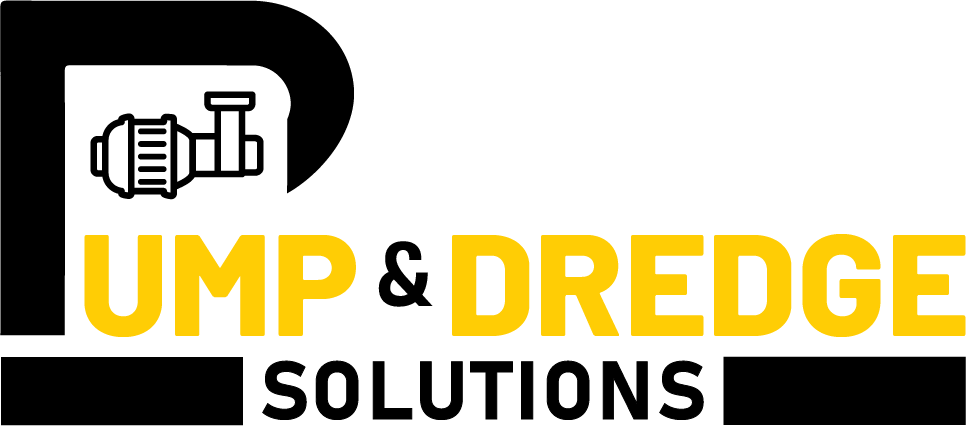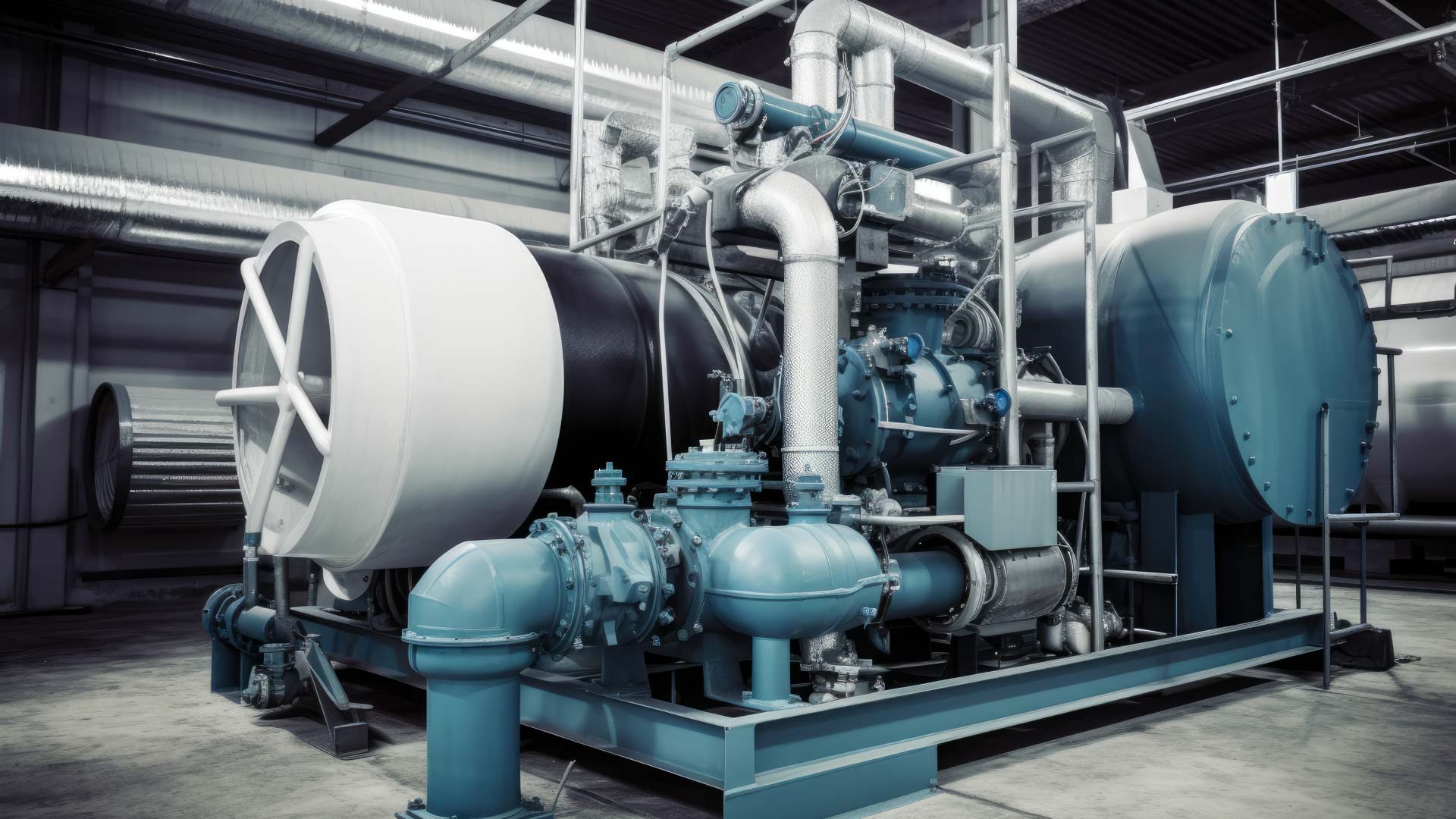I. Introduction
In today’s industrial landscape, complex pumping challenges are becoming increasingly prevalent, demanding innovative approaches to maintain efficiency and reliability. Industries such as oil and gas, mining, chemical processing, and wastewater management face unique obstacles that traditional pumping systems may struggle to overcome. As the demands of these industries evolve, so do the cutting-edge pumping solutions and strategies used to address their specific needs.
Adopting cutting-edge pumping solutions is crucial for addressing these challenges. Whether dealing with abrasive fluids, managing high-viscosity materials, or coping with variable flow rates and pressures, the right pumping technology can make all the difference. This blog will explore a range of advanced pumping strategies designed to overcome the most complex pumping issues, ensuring optimal performance and longevity in even the most demanding environments.
II. Understanding Complex Pumping Challenges
A. Common Challenges Across Industries
Pumping operations in various industries often face several common challenges:
- Handling Abrasive and Corrosive Fluids: Many industries work with fluids that can cause significant wear and tear on pump components. Abrasive materials, such as sand or slurry, can erode pump parts, while corrosive chemicals can degrade materials, leading to frequent maintenance and shorter pump lifespans. In dealing with these complex pumping challenges, cutting-edge pumping solutions are essential, as they often incorporate advanced materials and technologies designed to withstand such harsh conditions, thereby extending the lifespan of the pumps and reducing the need for frequent maintenance.
- Managing High Viscosity Materials: Pumping thick, viscous fluids presents another challenge, as these materials require more power and can place additional strain on pumping systems. This can lead to inefficiencies and increased operational costs.
- Dealing with Variable Flow Rates and Pressures: In many applications, the flow rate and pressure requirements can vary significantly, necessitating pumps that can adapt to these changes without compromising performance.
B. Industry-Specific Pumping Challenges
- Oil and Gas: The oil and gas industry operates in extreme conditions, often dealing with high temperatures and pressures. Pumps used in this sector must withstand these harsh environments while ensuring safe and efficient fluid transport.
- Mining: In mining, pumps are required to transport slurry, a mixture of water and solid particles, often over long distances. The high solids content can cause significant wear, making durability and reliability crucial.
- Chemical Processing: Safety and reliability are paramount in chemical processing, where hazardous materials are common. Pumps in this industry must be designed to handle corrosive and volatile fluids without risk of leakage or failure.
III. Innovative Pumping Technologies
A. Advanced Pump Materials
One of the most effective ways to combat the challenges of abrasive and corrosive fluids is through the use of cutting-edge pumping solutions involving advanced materials. Modern pumps often incorporate corrosion-resistant and wear-resistant materials, such as stainless steel, composite polymers, and ceramics. These advanced pumping strategies extend the life of pumps by resisting the damaging effects of harsh chemicals and abrasive particles, reducing the need for frequent maintenance and replacements.
The benefits of using composite and ceramic materials are particularly evident in industries like chemical processing and mining, where the fluids being pumped are often highly corrosive or abrasive. These materials not only enhance the durability of pumps but also improve their overall efficiency by maintaining structural integrity under extreme conditions. When combined with cutting-edge pumping solutions, they effectively address complex pumping challenges with advanced pumping strategies.
B. Smart Pumping Systems
The integration of Internet of Things (IoT) technology and Artificial Intelligence (AI) into pumping systems has revolutionized the way industries monitor and manage their operations. Cutting-edge pumping solutions like smart pumping systems, which are part of advanced pumping strategies, provide real-time data on pump performance, allowing for predictive maintenance and reducing the likelihood of unexpected failures.
Automation and remote control capabilities enable operators to adjust pump settings from a distance, optimizing performance based on current conditions. In complex pumping challenges, this level of control is invaluable, ensuring that pumps operate at peak efficiency regardless of the challenges they face, all thanks to these advanced pumping strategies.
C. Variable Frequency Drives (VFDs)
Variable Frequency Drives (VFDs) are an essential tool for optimizing pump performance, particularly in situations where flow rates and pressures fluctuate. VFDs adjust the speed of the pump motor to match the required output, improving energy efficiency and reducing wear on the pump.
In applications where flow demand varies, such as in water supply systems or HVAC operations, VFDs can significantly lower energy consumption by preventing pumps from running at full capacity when it is not necessary. As part of cutting-edge pumping solutions, this not only saves on energy costs but also extends the life of the pump by reducing mechanical stress.
IV. Specialized Pump Designs for Complex Applications
A. Peristaltic Pumps
Peristaltic pumps are ideal for handling abrasive and corrosive fluids, making them an excellent choice for complex pumping challenges. These pumps operate by compressing a flexible tube or hose to move the fluid, ensuring that the fluid only comes into contact with the tubing. This design minimizes wear and tear on the pump and makes it well-suited for applications in chemical processing and wastewater treatment, where aggressive chemicals are common. As part of cutting-edge pumping solutions, peristaltic pumps offer a reliable and efficient option for industries dealing with challenging fluid types.
B. Progressive Cavity Pumps
Progressive cavity pumps excel in managing high-viscosity materials and solids. Their design, which involves a helical rotor moving within a stator, allows them to handle thick, slurry-like substances with ease. As part of cutting-edge pumping solutions, these pumps are commonly used in industries such as oil and gas, food processing, and mining, where the ability to transport viscous fluids is essential.
C. Magnetic Drive Pumps
Magnetic drive pumps offer a sealless design that is ideal for handling hazardous and volatile fluids, making them particularly suited for complex pumping challenges and advanced pumping strategies. By using magnetic coupling to drive the pump, these systems eliminate the risk of leaks that can occur with traditional seal designs. This makes magnetic drive pumps a key component of cutting-edge pumping solutions, especially valuable in chemical processing and pharmaceutical industries where safety and contamination prevention are critical.
V. Customized Pumping Solutions
A. Tailoring Pump Designs to Specific Needs
Every industry faces unique pumping challenges, and a one-size-fits-all approach is often insufficient. Customizing pump designs to meet specific operational needs is essential for overcoming these complex pumping challenges. For example, a mining operation dealing with high solids content may require a pump with specialized wear-resistant materials and a design optimized for slurry transport.
Case studies of cutting-edge pumping solutions and advanced pumping strategies demonstrate the effectiveness of this approach. By tailoring pumps to the specific requirements of an application, companies can achieve higher efficiency, lower maintenance costs, and improved reliability, even in the face of complex pumping challenges.
B. Collaborating with Experts for Optimal Solutions
Developing tailored pumping solutions often requires collaboration with pump manufacturers and engineers. These experts can provide valuable insights into the best materials, designs, and technologies for a given application. Testing and validation are crucial steps in this process, ensuring that the customized pump will perform as expected in the field.
VI. The Role of Maintenance and Upgrades
A. Importance of Regular Maintenance in Complex Pumping Environments
In complex pumping challenges, regular maintenance is crucial for preventing downtime and extending pump life. Proper maintenance practices, such as routine inspections, lubrication, and part replacements, keep advanced and specialized pumps, which are part of cutting-edge pumping solutions, operating efficiently.
Ignoring maintenance can lead to unexpected failures, which are not only costly but can also disrupt critical operations. Implementing a structured maintenance schedule is key to maintaining the reliability of these cutting-edge pumping solutions and ensuring the longevity of your pumping systems.
B. Upgrading Existing Systems with Cutting-Edge Technologies
Retrofitting existing pumping systems with cutting-edge pumping solutions and advanced pumping strategies can significantly enhance performance and extend the life of the equipment. Upgrading to smart systems, incorporating advanced materials, or adding VFDs can transform an older pump into a highly efficient and reliable component of your operation.
These upgrades not only improve current performance but also prepare your systems for future challenges, ensuring that your pumps can handle evolving demands.
VII. Conclusion
As industries face increasingly complex pumping challenges, adopting cutting-edge pumping solutions is essential for maintaining efficiency and reliability. From advanced materials and smart systems to customized designs and regular maintenance, there are numerous advanced pumping strategies available to overcome even the most difficult pumping issues. By exploring these innovative solutions and collaborating with experts, companies can ensure that their pumping systems are prepared to meet the demands of today and tomorrow.


